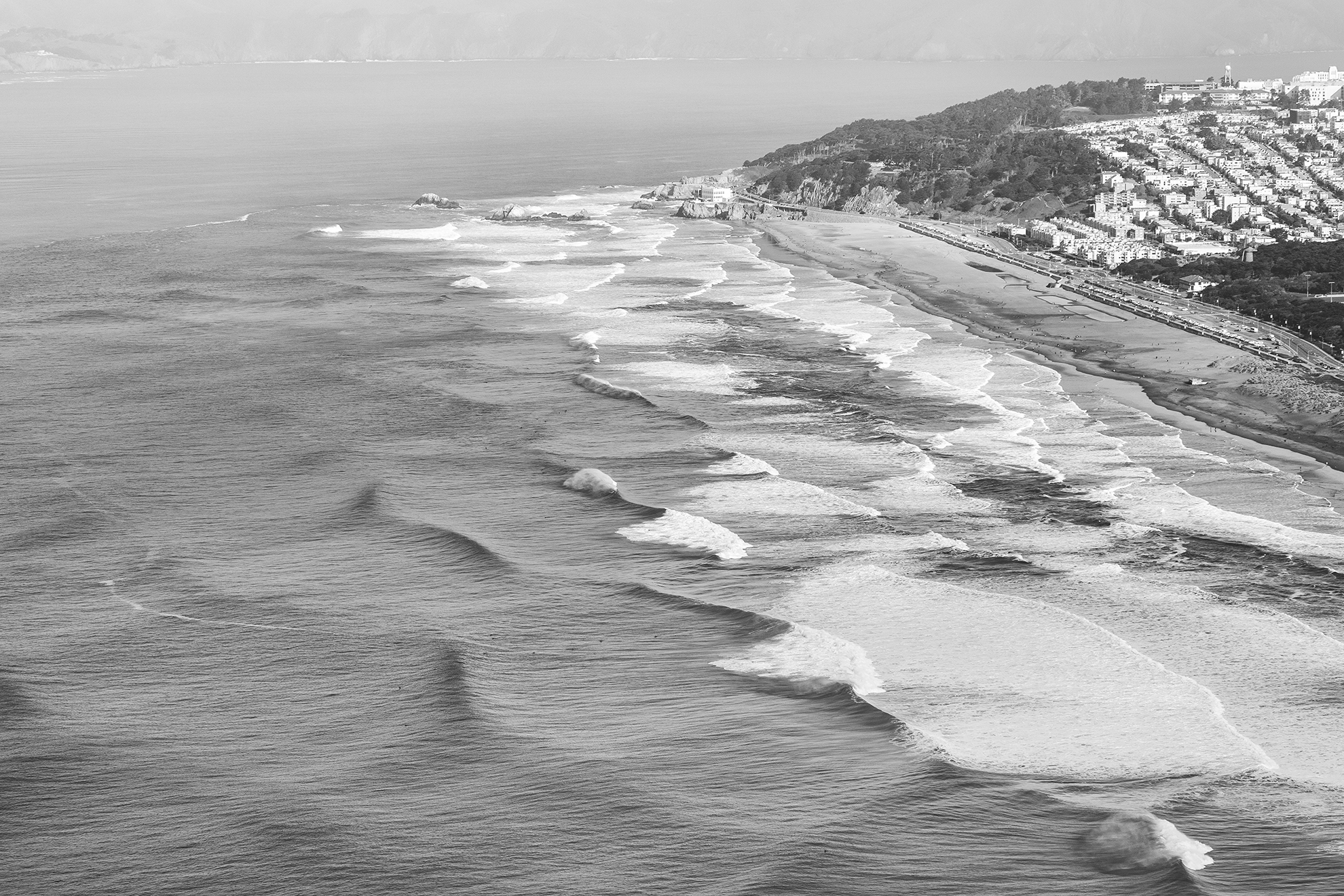
It’s been a frustrating time to be a surfer for the past 3 months. When officials across the country began issuing shelter-in-place orders to head off an emerging pandemic, they simultaneously closed many public outdoor spaces to prevent crowding. Some beaches were closed, some were open only for exercise, others had parking restrictions but were otherwise wide open. Depending on where in the country you live, surfing was either outright banned, a major pain in the ass because of parking and access restrictions, or really no different at all.
The idea was simple: keep people from gathering on beaches where they can easily spread the virus. Because police and lifeguards weren’t really prepared to distinguish between surfing and general beach chilling, or just didn’t want to split hairs, at many beaches they just said: “nobody allowed.”
Surfers were perplexed. How were we supposed to be spreading a virus by surfing, some of us wondered, when we’re already social distancing and are outside in a UV-ray-bombarded environment inhospitable to the coronavirus? Epidemiologists, most of us are not, but we tried to apply common sense. Then, an article from the Los Angeles Times suggested coronavirus might easily spread in seafoam, and suddenly it seemed maybe there was danger.
Recent research, however, suggests our initial instincts had merit. Sort of.
A May 15 article in the New York Times dove into studies around how the virus spreads — not simply how it can be dispersed into the air, but how it actually moves through the world in enough quantities to infect people — and, as it turns out, surfing seems relatively safe when respecting the common laws of social distancing.
The article cited a study of 7,300 cases in China in which researchers cataloged how the virus was caught. Only one of the cases involved someone catching the virus while outside, and it was after a prolonged conversation one-on-one with someone who had the virus, not from paddling around 10 to 15 feet away from someone who is sick.
“The risk is lower outdoors, but it’s not zero,” said Shan Soe-Lin, a lecturer at the Yale Jackson Institute for Global Affairs. “And I think the risk is higher if you have two people who are stationary next to each other for a long time, like on a beach blanket, rather than people who are walking and passing each other.”
You can see here the thinking that led to closed beaches, but it also makes it seem as though surfing is relatively safe, with the most basic of precautions taken. Bobbing right next to strangers or friends you don’t live with during long south swell sets is a bad idea right now, but that’s easily remedied with commonsensical distancing.
Erin Bromage, an infectious disease expert at the University of Massachusetts, wrote an article that’s recently drawn a great deal of media attention, summing up what he’s seen in researching the coronavirus and how other viruses spread, and outdoor recreation can be put at the bottom of his list of concerns.
Bromage points out that sneezing and coughing emit the most virus particles at once, which is bad news if you’re indoors in close proximity to someone hacking away, but it’s the prolonged contact and breathing in the same air that’s the big risk, and how we’ve seen the most spreading, by far. It’s people in nursing homes, churches, parties, business meetings. Close contact, continuous talking, and singing, etc., in which case continuous shedding of the virus lingers in air people breathe a whole lot of — this is what’s gonna get you sick.
One, or a few viruses or virus particles isn’t enough to cause infection, researchers say. You need enough virus that overwhelms the body’s immediate immune response, which requires either a concentrated dose of virus particles at once or being in the same space as someone who is constantly emitting the virus.
“The exposure to virus x time formula is the basis of contact tracing,” writes Bromage. “Anyone you spend greater than 10 minutes with in a face-to-face situation is potentially infected. Anyone who shares a space with you (say an office) for an extended period is potentially infected.”
Angela Rasmussen, a Columbia University virologist, pointed out recently that being in water outdoors is a likely good place to be these days, in a NYT interview.
“In my opinion, pool water, freshwater in a lake or river, or seawater exposure would be extremely low transmission risk even without dilution (which would reduce risk further),” said Dr. Rasmussen. “Probably the biggest risk for summer water recreation is crowds — a crowded pool locker room, dock or beach, especially if coupled with limited physical distancing or prolonged proximity to others. The most concentrated sources of virus in such an environment will be the people hanging out at the pool, not the pool itself.”
Researchers have yet to dive into the specifics of how the virus that causes COVID-19 dilutes in seawater, but other coronaviruses typically don’t handle water well. We do know that UV light kills the virus quickly. Is there a chance that a surfer paddling ahead of you spits into the water, then you paddle through it, and pick up whatever virus particles they emitted? Sure. Which is where common sense comes in.
Give people some space in the lineup, which you should be doing anyway, and surfing sure looks like about as minimal risk as there can be. […and surfing sure looks like a fairly safe outlet during these trying times.]
Original Post from this site
